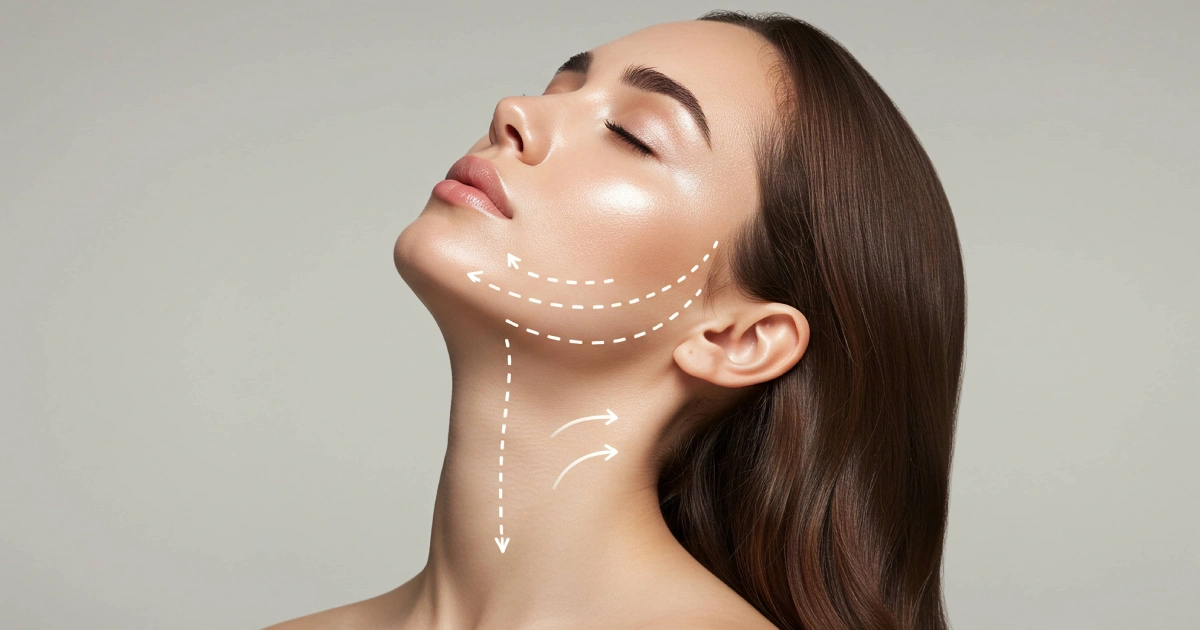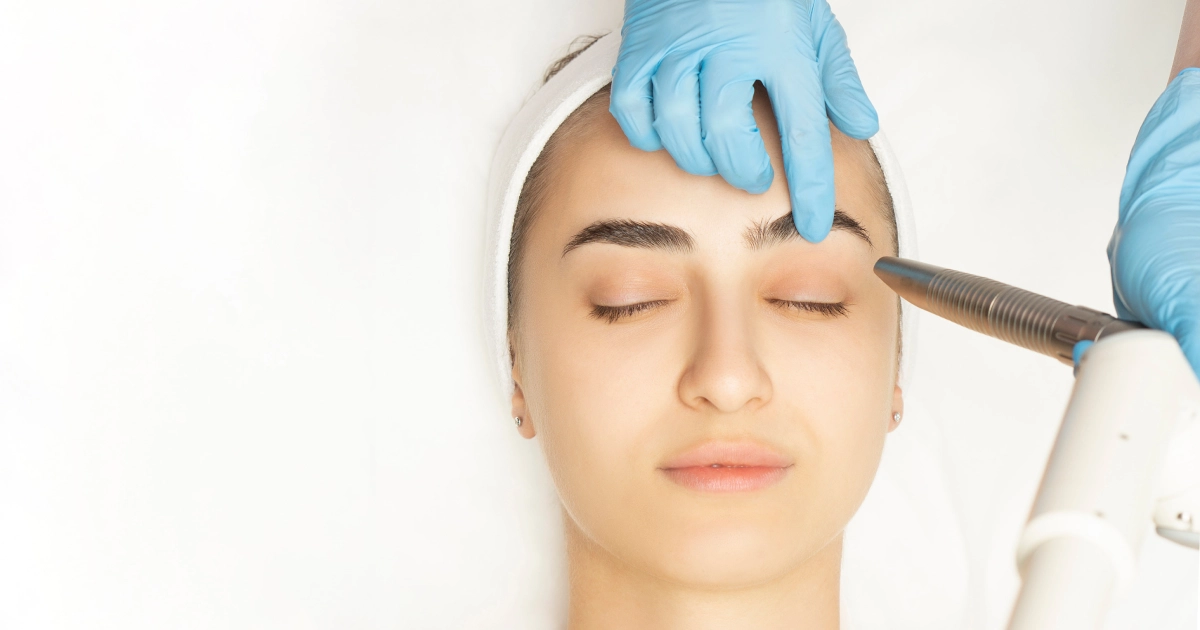Table of Contents
Early-stage cataracts can cause noticeable changes in vision, such as cloudiness, increased sensitivity to light, and difficulty seeing at night. These symptoms may affect your ability to perform everyday tasks safely and comfortably. While surgery is often recommended for advanced cases, several non-surgical options can help manage the symptoms of early-stage cataracts. This article discusses these alternatives in detail and provides insights into Refractive Cataract Extraction, an option worth considering for more advanced vision correction needs.
At Laser Eye and Aesthetics, we provide a range of solutions, including Refractive Cataract Extraction in London, ON, to help patients achieve clearer vision and an improved quality of life.
Understanding Cataracts and Early-Stage Symptoms
Cataracts occur when the eye’s natural lens becomes cloudy, leading to blurred or hazy vision. This condition typically develops gradually and is most commonly related to aging. However, other risk factors include diabetes, prolonged exposure to sunlight, smoking, and certain medications.
Early Signs of Cataracts
If you’re experiencing any of the following symptoms, you might be in the early stages of cataract development:
- Blurred or dim vision
- Glare or halos around lights
- Increased difficulty seeing at night
- Colors appearing faded or yellowed
- Frequent changes in prescription glasses
Identifying cataracts early allows exploring options for managing symptoms without immediate surgery.
Non-Surgical Ways to Manage Early-Stage Cataracts
In the early stages, cataracts often do not require immediate surgical intervention. Here are some practical and medically recommended ways to manage symptoms before considering more advanced options like Refractive Cataract Extraction.
Updated Eyeglass Prescriptions
One of the simplest and most effective initial steps is updating your prescription. As cataracts alter the eye’s ability to focus, new glasses or contact lenses can significantly improve visual clarity. Anti-reflective coatings and photochromic lenses can help reduce glare and adjust to lighting changes, making daily activities easier.
Improved Lighting
Good lighting can make a noticeable difference. Use brighter lights for reading and other close tasks. Consider positioning light sources to reduce glare and enhance contrast, particularly in workspaces or reading areas.
Lifestyle Adjustments
Avoid smoking and limit alcohol intake, as both are associated with faster cataract progression. Maintaining a healthy diet rich in antioxidants particularly vitamins C and E may also support eye health. Foods like leafy greens, carrots, citrus fruits, and nuts are beneficial.
Regular Eye Exams
Monitoring cataracts with regular eye exams is essential. Your optometrist or ophthalmologist can assess whether your condition is stable or progressing. Early detection of changes can help you plan for the next steps if symptoms interfere with your lifestyle.
Vision Correction Options Beyond the Basics
When glasses and lifestyle changes are no longer enough, you should explore vision correction solutions that address cataracts and other refractive issues such as nearsightedness, farsightedness, and astigmatism.
One such solution is Refractive Cataract Extraction.
What Is Refractive Cataract Extraction?
Refractive Cataract Extraction is a surgical option that combines traditional cataract removal with vision correction surgery. This procedure replaces the clouded natural lens with an Advanced Intraocular Lens selected based on your unique vision needs.
Patients who undergo this surgery can benefit from:
- Clearer vision
- Reduced dependency on glasses or contacts
- Improved depth perception and contrast sensitivity
- Enhanced safety in daily activities
This is particularly relevant for individuals seeking long-term vision correction and greater independence in London, ON.
How Refractive Cataract Extraction Works
During the procedure, the surgeon removes the clouded lens affected by the cataract and replaces it with an Advanced Intraocular Lens (IOL). These artificial lenses can correct a range of refractive errors, such as:
- Myopia (nearsightedness)
- Hyperopia (farsightedness)
- Presbyopia (age-related difficulty with near vision)
- Astigmatism
- Other higher-order aberrations
The benefits of Refractive Cataract Extraction extend beyond the removal of cataracts. Many patients see a remarkable increase in their general vision quality since the treatment fixes refractive problems concurrently.
Who Is a Candidate for Refractive Cataract Extraction?
Most patients with early to moderate cataracts and refractive vision issues may be candidates for Refractive Cataract Extraction in London, ON. A comprehensive Laser Eye and Aesthetics evaluation will help determine your eligibility. This includes:
- Detailed measurements of your eye structure
- Review of your ocular and medical history
- Assessment of your daily visual needs and expectations
Patients with certain eye diseases, severe dry eye, or uncontrolled diabetes may not be ideal candidates. A thorough discussion with your eye specialist will help clarify the best path forward.
Benefits of Choosing Refractive Cataract Extraction
Long-Lasting Vision Correction
Once the natural lens is gone and a high-quality IOL has replaced it, there is no need for further surgeries to remove cataracts. This decreases the long-term eye care load and offers ongoing visual stability.
Improved Quality of Life
Patients often report significant improvements in their ability to read, drive, use digital devices, and engage in hobbies after undergoing Refractive Cataract Extraction. This freedom from constant visual aids enhances confidence and comfort.
Reduced Risk of Falls in Seniors
Research indicates that cataract surgery lowers fall risk in older adults. With sharper vision and an extended focus range, seniors are more confident about moving around securely at home and outside.
High Satisfaction Rates
Most patients are pleased with the outcomes of Refractive Cataract Extraction, particularly when paired with Advanced Intraocular Lenses. The ability to see clearly at multiple distances without constant reliance on glasses or contacts is a significant benefit.
Conclusion: Explore Your Options and Plan for a Clearer Vision
While non-surgical methods can help manage early-stage cataracts, it’s essential to understand that these are temporary measures. When the time comes for a more lasting solution, Refractive Cataract Extraction can offer both cataract removal and meaningful vision improvement in one procedure. With Advanced Intraocular Lenses, many patients experience sharper vision with less reliance on corrective eyewear.
Laser Eye and Aesthetics is committed to providing safe, effective, personalized care. Whether you’re managing early symptoms or exploring surgical options, our team is here to support you in making informed decisions about your eye health.
Schedule Your Consultation Today and See the World Clearly Again Book your consultation now to learn more about your options and take the first step toward a better vision and quality of life.





